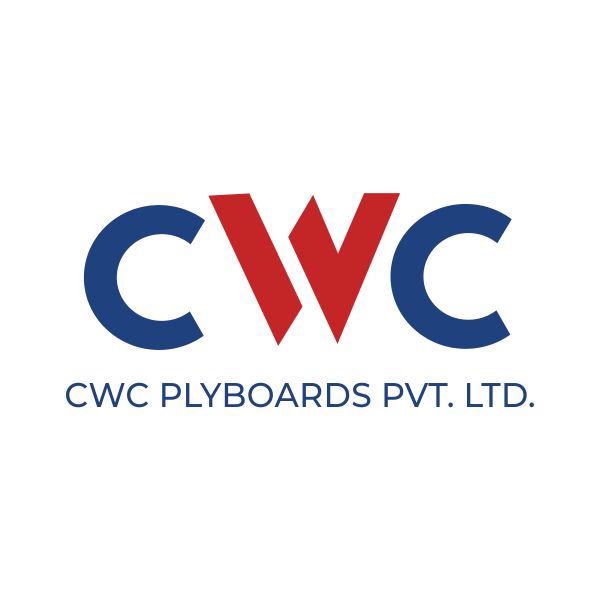The word ply derives from the French verb plier (‘to fold’), from the Latin verb plico (‘to fold’), from the ancient Greek verb πλέκω (‘to knit’).
Plywoods are made of slices or peels of wood logs (peeler) called veneers which are treated and later specially bound to each other with appropriate adhesive, pressing and binding techniques. Some are super treated and laminated to provide tailor made extra capabilities and features.
Plywood is the pioneer and most common amongst the engineered wood categories. But it is not alone, other varieties of manufactured wooden boards such as oriented strand board (OSB), cross-laminated timber, glued laminated (glulam) timber, wood I-joists, and laminated veneer lumber (LVL) and the new arrival MDF have becomes favourites of engineers and contractors.
The timber used for this maybe from a wide variety of Hard and Soft wood tree species. In India the industry predominantly uses Karimaruth’u, Pali-mari/ Blackboard Tree, Vella Pine/ Indian Copal-Tree, Burmese Gurjan, TeakWood, Rosewood, Thanni, Ben Teak, Anjili, Mukil, Mango as choice.
The plywood derives its strength, flexibility and variety from the wood veneer and grain rotation (the lateral lines of adjacent veneers rotated up to 900 as per requirement) applied during the production process. While the resin adhesive, lamination and production technique give the durability, water-resistant & environmental tolerance capabilities.
The production starts with good quality timber, the peeler. The selected log is then passed through a rotary lathe machine which uses a long blade and nose bar to generate a continuous peel of the timber in required accurate thickness. These long rolls of peels are then cut as per dimensions and then treated and graded for the long boards after which the appropriate resin adhesives are applied for binding. This semi-product is then treated in high pressure and temperature in an advanced ‘industrial press’ to produce unfinished plyboard. The plyboards are then verified for quality and defects. Only the QC approved boards are sent for final finishing according to the specifications.
The plywood has a front side called as ‘face’ and hind side called as ‘rear-face’ and the sandwich between these two is the ‘core’. These are altered according to quality and production specifications to give the product for specific standard. The resin adhesive used also plays vital role in decided the capabilities of the specific product of plywood. The commonly used formaldehyde-emitting resin adhesive pose health and environmental hazards if used unwisely. New research in the binding technology and improvised adhesives have given manufacturers better choices that is stronger and eco-friendly as well. A legitimate production centres adhere to high standards set by the regulatory directions from time to time.
